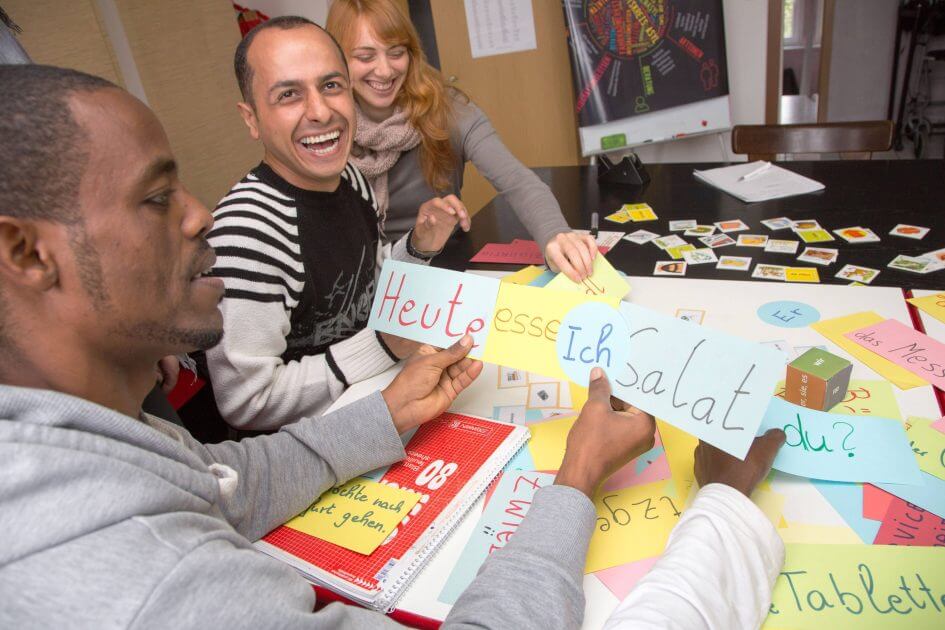
Share of Non-German-Speaking Pupils Grows in Austrian Primary Education
For the first time in many years, the proportion of students in Austrian schools whose first language is not German has fallen. But this is not down to improved German skills. Instead, fewer young people with a migration background are moving on to secondary education. The drop is most striking in vocational schools.
Figures released by the Austrian Integration Fund (OIF) ahead of the new school year show the share of non-German native-speaking pupils has declined for the first time in a long while. The reason is not that more children with a migrant background are likely to name German as their everyday language, but that many with other mother tongues no longer appear in the data because they are not continuing into secondary education.
Between 2006/07 and 2020/21, the proportion of non-German-speaking pupils rose from 16 to 27 per cent. After two years of stagnation, it edged down to 26 per cent in 2023/24. In Vienna the trend was even clearer, with the share dropping from 53 per cent in 2020/21 to 50 per cent most recently.
In basic education the proportion of non-German native-speaking pupils continues to rise
While the number of non-German-speaking pupils in compulsory schooling – primary, lower secondary and special schools – is still growing, their share is shrinking at higher levels, including vocational schools, grammar schools (AHS) and intermediate and higher vocational schools (BMS and BHS), according to Statistics Austria. For example, in vocational schools the share fell from almost 19 per cent in 2020/21 to 11 per cent in 2023/24. In BMS schools it declined from 30 to 22 per cent, in BHS schools from 22 to 17 per cent, and in AHS schools from 22 to 20 per cent. According to the Integration Fund, this development is also pushing down the overall proportion of non-German-speaking pupils in primary schools.
Der ÖIF verzeichnet erstmals seit Langem einen Rückgang beim Anteil von Schülern mit nicht-deutscher Umgangssprache – von 27 auf 26 Prozent. Ursache ist weniger bessere Deutschkenntnis, sondern dass immer weniger Jugendliche mit Migrationshintergrund wei… https://t.co/ZL8YOzH4Vn
— exxpress (@exxpressat) August 30, 2025
Although fewer young people with a migrant background make it to secondary school, they are still more likely to leave school early. Among non-German-speaking pupils who were already 14 at the start of the 2020/21 school year, 9 per cent had not completed compulsory education two years later. The dropout rate was higher among boys (11 per cent) than girls (7 per cent). By contrast, only 3 per cent of German-speaking pupils had failed to finish by the end of 2022/23.
The rate varies by region
Vienna has by far the highest share of non-German-speaking pupils at 49 per cent. In some districts, such as Favoriten, Ottakring and Simmering, they make up more than two-thirds of all pupils. In other regions, the figure ranges from 17 to 25 per cent, roughly similar to Vienna’s Innere Stadt and Josefstadt districts. Among children who do not speak German as their first everyday language, the most common are Bosnian/Croatian/Serbian (21 per cent), Turkish (18), Arabic (9), Romanian (7) and Albanian (6).

